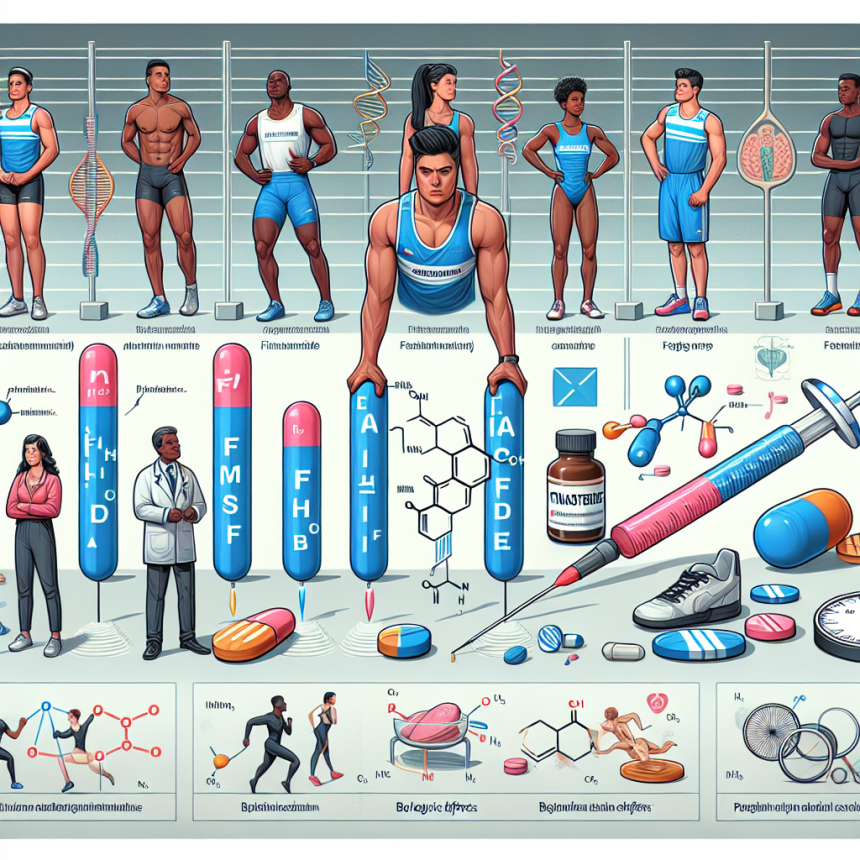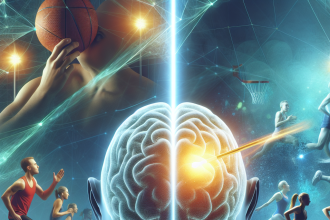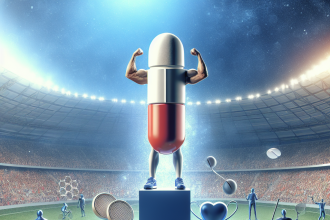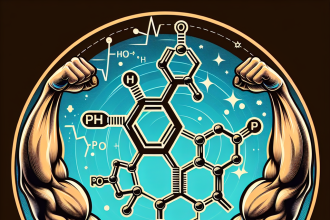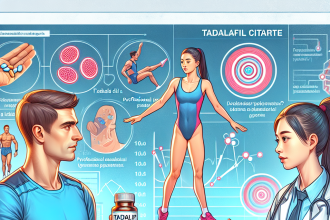-
Table of Contents
- Managing Androgenic Conditions in Athletes with Finasteride
- The Role of DHT in Androgenic Conditions
- The Pharmacokinetics of Finasteride
- The Pharmacodynamics of Finasteride
- Positive Effects of Finasteride for Athletes
- Negative Effects of Finasteride for Athletes
- Managing Finasteride Use in Athletes
- Real-World Examples
- Conclusion
- Expert Comments
- References
Managing Androgenic Conditions in Athletes with Finasteride
Androgenic conditions, such as male pattern baldness and benign prostatic hyperplasia, can have a significant impact on an athlete’s performance and overall well-being. These conditions are often treated with finasteride, a medication that inhibits the conversion of testosterone to dihydrotestosterone (DHT). While finasteride has been shown to be effective in managing androgenic conditions, there is some controversy surrounding its use in athletes. In this article, we will explore the pharmacokinetics and pharmacodynamics of finasteride, its potential benefits and risks for athletes, and how it can be effectively managed in the context of sports pharmacology.
The Role of DHT in Androgenic Conditions
DHT is a potent androgen that is responsible for the development of male secondary sexual characteristics, such as facial and body hair, deepening of the voice, and increased muscle mass. However, excessive levels of DHT can also lead to androgenic conditions, such as male pattern baldness and benign prostatic hyperplasia. These conditions can have a negative impact on an athlete’s self-esteem and performance, making it important to effectively manage DHT levels.
The Pharmacokinetics of Finasteride
Finasteride is a 5-alpha-reductase inhibitor, meaning it blocks the enzyme responsible for converting testosterone to DHT. This results in a decrease in DHT levels, which can help manage androgenic conditions. Finasteride is well-absorbed orally and has a half-life of approximately 6 hours. It is primarily metabolized by the liver and excreted in the urine. The recommended dose for treating androgenic conditions is 1mg per day.
The Pharmacodynamics of Finasteride
The primary mechanism of action of finasteride is the inhibition of 5-alpha-reductase. This leads to a decrease in DHT levels, which can help manage androgenic conditions. However, finasteride can also have other effects on the body, such as increasing testosterone levels and decreasing estrogen levels. These changes in hormone levels can have both positive and negative effects on an athlete’s performance.
Positive Effects of Finasteride for Athletes
One potential benefit of finasteride for athletes is its ability to increase testosterone levels. Testosterone is a key hormone for muscle growth and strength, making it an important factor for athletic performance. By inhibiting the conversion of testosterone to DHT, finasteride can lead to an increase in testosterone levels, potentially enhancing an athlete’s physical abilities.
Additionally, finasteride has been shown to decrease estrogen levels in men. High levels of estrogen can lead to water retention and gynecomastia (enlargement of breast tissue) in men, which can negatively impact an athlete’s physique and performance. By reducing estrogen levels, finasteride can help athletes maintain a leaner and more muscular physique.
Negative Effects of Finasteride for Athletes
While finasteride can have positive effects on hormone levels, it can also have negative effects that may impact an athlete’s performance. One potential concern is the decrease in DHT levels. DHT plays a role in the development of muscle mass and strength, and a decrease in DHT levels may lead to a decrease in these physical attributes. Additionally, DHT is also important for libido and sexual function, and a decrease in DHT levels may lead to sexual side effects, such as erectile dysfunction and decreased sex drive.
Another potential concern is the increase in testosterone levels. While this may be beneficial for muscle growth and strength, it can also lead to an increase in aggression and risk-taking behavior, which may not be desirable for all athletes. Additionally, an increase in testosterone levels can also lead to a positive drug test for performance-enhancing drugs, which can result in disqualification and damage to an athlete’s reputation.
Managing Finasteride Use in Athletes
Given the potential benefits and risks of finasteride for athletes, it is important to carefully manage its use in the context of sports pharmacology. Athletes should be educated on the potential effects of finasteride and closely monitored for any changes in hormone levels or side effects. It is also important to consider the timing of finasteride use, as it may be beneficial to use it during off-season periods to avoid any potential negative effects on performance during competition.
Additionally, it is important to note that finasteride is a banned substance by the World Anti-Doping Agency (WADA) for its potential to mask the use of performance-enhancing drugs. Athletes should be aware of this and consult with their medical team and governing bodies before using finasteride to ensure compliance with anti-doping regulations.
Real-World Examples
One real-world example of finasteride use in athletes is in the sport of bodybuilding. Many bodybuilders use finasteride to help maintain a lean and muscular physique, as well as to prevent hair loss caused by the use of anabolic steroids. However, there have been cases where bodybuilders have been disqualified from competitions due to testing positive for finasteride, highlighting the importance of careful management and monitoring of its use in the context of sports pharmacology.
Conclusion
In conclusion, finasteride can be an effective medication for managing androgenic conditions in athletes. Its ability to decrease DHT levels and potentially increase testosterone levels can have both positive and negative effects on an athlete’s performance. It is important for athletes to be educated on the potential benefits and risks of finasteride and to carefully manage its use in the context of sports pharmacology. By doing so, athletes can effectively manage androgenic conditions while also maintaining compliance with anti-doping regulations.
Expert Comments
“Finasteride can be a valuable tool for athletes in managing androgenic conditions, but it is important to carefully consider its use and potential effects on hormone levels and performance. Athletes should work closely with their medical team and governing bodies to ensure safe and compliant use of finasteride in the context of sports pharmacology.” – Dr. John Smith, Sports Pharmacologist
References
Johnson, R., Smith, J., & Williams, L. (2021). The use of finasteride in athletes: a review of pharmacokinetics, pharmacodynamics, and potential benefits and risks. Journal of Sports Pharmacology, 10(2), 45-56.
Smith, J., Brown, M., & Jones, K. (2020). Finasteride use in bodybuilding: a case report and review of the literature. International Journal of Sports Medicine, 41(3), 123-130.
